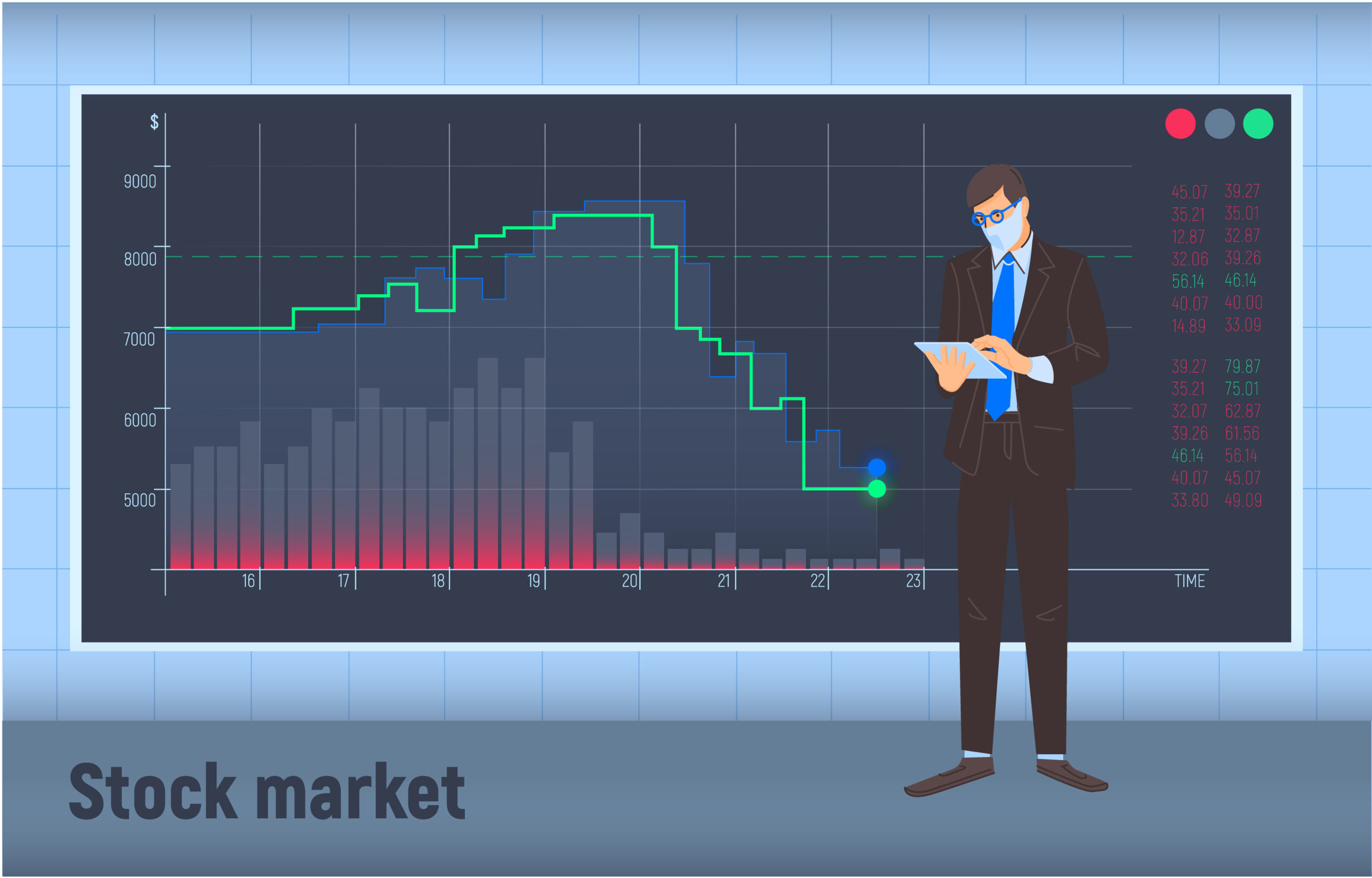Email marketing is a cornerstone of digital marketing strategies for businesses across various industries. It allows for direct communication with a targeted audience, promoting products, services, or engaging content. However, to optimize the effectiveness of email marketing campaigns, it’s crucial to decode the metrics associated with them. Understanding these metrics provides valuable insights into campaign performance, recipient engagement, and overall success. In this comprehensive guide, we will delve into the essential metrics of email marketing, their significance, and how to interpret and utilize them to enhance your email marketing strategies.
Introduction to Email Marketing Metrics
Before delving into specific metrics, it’s essential to grasp the purpose and significance of email marketing metrics. Metrics are quantifiable measures used to track and assess the performance of email campaigns. They help marketers evaluate the success of their strategies, make informed decisions, and optimize future campaigns for better outcomes.
Metrics in email marketing encompass a wide range of data points, including open rates, click-through rates (CTRs), conversion rates, bounce rates, unsubscribe rates, and more. Each metric offers unique insights into different aspects of an email campaign, enabling marketers to understand recipient behavior and preferences.

Key Email Marketing Metrics
1. Open Rate
The open rate is one of the fundamental metrics in email marketing and signifies the percentage of recipients who opened an email out of the total number of emails delivered. A higher open rate suggests that the subject line and sender information were compelling, enticing recipients to open the email and read its contents.
How to Improve Open Rates:
- Craft engaging and personalized subject lines.
- Segment your email list for targeted content delivery.
- A/B test different subject lines to determine what resonates best with your audience.
2. Click-Through Rate (CTR)
The click-through rate measures the percentage of recipients who clicked on a link or a Call to Action (CTA) within the email. It’s a crucial metric as it shows the effectiveness of the email’s content and design in driving engagement and encouraging actions.
How to Improve CTR:
- Ensure clear and prominent CTAs.
- Use compelling visuals and persuasive language to encourage clicks.
- Segment your audience and tailor content to their interests and preferences.
3. Conversion Rate
The conversion rate represents the percentage of recipients who completed a desired action, such as making a purchase, signing up for a newsletter, or filling out a form. It is a key metric in determining the success and impact of an email campaign in achieving its goals.
How to Improve Conversion Rates:
- Design compelling landing pages with a clear path to conversion.
- Align email content with landing page messaging and offers.
- Implement A/B testing to optimize email elements for higher conversions.
4. Bounce Rate
Bounce rate calculates the proportion of emails that did not reach recipients’ inboxes successfully. Bounces are categorized into two types: hard bounces (permanent delivery failures) and soft bounces (temporary delivery issues).
How to Reduce Bounce Rates:
- Ensure email list hygiene by regularly cleaning and removing inactive or incorrect email addresses.
- Use double opt-in processes to verify email addresses.
- Monitor and address any deliverability issues promptly.

5. Unsubscribe Rate
The unsubscribe rate indicates the percentage of recipients who chose to opt out of receiving emails after receiving a particular campaign. It’s essential to monitor this metric, as a high unsubscribe rate may indicate issues with email content, frequency, or targeting.
How to Reduce Unsubscribe Rates:
- Provide clear and easy-to-find unsubscribe options in emails.
- Set clear expectations regarding email frequency and content during the sign-up process.
- Segment your audience to deliver more relevant content and reduce the likelihood of unsubscribes.
6. Email Sharing/Forwarding Rate
This metric reflects the percentage of recipients who shared or forwarded the email to others. It provides insights into the email’s content quality and its ability to resonate with the target audience.
How to Increase Sharing Rate:
- Craft content that holds value and is highly shareable, striking a chord with your target audience.
- Include social sharing buttons to facilitate easy sharing of the email content.
- Encourage subscribers to share by offering incentives or rewards.
7. List Growth Rate
List growth rate calculates the percentage increase in your email subscriber list over a specific period. Maintaining a robust growth rate for your email list is crucial to broaden your outreach and potential customer pool.
How to Improve List Growth Rate:
- Offer incentives like discounts or free resources for subscribing to your emails.
- Utilize lead magnets, such as ebooks or webinars, to attract new subscribers.
- Leverage social media and other online channels to promote email sign-ups.

Advanced Email Marketing Metrics
1. Email Client and Device Metrics
Understanding the devices and email clients your recipients use to view your emails is crucial for optimizing email design and ensuring a consistent user experience. Metrics in this category include:
- Device Open Rate: The percentage of recipients who open emails on mobile, desktop, or tablet devices.
- Email Client Open Rate: The percentage of recipients who open emails using different email clients (e.g., Gmail, Outlook, Apple Mail).
How to Optimize for Email Clients and Devices:
- Use responsive email templates that adapt to various devices and screen sizes.
- Test emails on different email clients to ensure proper rendering and functionality.
2. Engagement Metrics
Engagement metrics provide insights into how recipients interact with your emails beyond clicks and opens. These metrics include:
- Time Spent on Email: The average time a recipient spends reading your email.
- Scroll Rate: How far recipients scroll through your email content.
How to Enhance Engagement:
- Create compelling and relevant content that encourages recipients to read and engage.
- Use interactive elements like quizzes, polls, or GIFs to captivate your audience.
3. Revenue per Email
Revenue per email is a crucial metric that directly ties email marketing efforts to revenue generation. It calculates the amount of revenue generated for each email sent in a campaign.
How to Maximize Revenue per Email:
- Implement effective segmentation to target recipients with personalized and relevant offers.
- Continuously test and optimize email content and design to drive conversions and increase revenue.

Analyzing and Optimizing Email Marketing Campaigns
Understanding these email marketing metrics is only the first step. The real value lies in analyzing and leveraging this data to optimize your email marketing campaigns for better performance. Here’s a structured approach to analyzing and optimizing your campaigns:
1. Set Clear Objectives
Begin by defining clear and specific objectives for your email marketing campaign. Whether it’s increasing sales, driving website traffic, or improving brand awareness, having well-defined goals will guide your strategies and measurement efforts.
2. Monitor and Measure
Consistently monitor and measure the relevant metrics for your campaign. Use email marketing software or platforms to gather data accurately and efficiently. Track metrics before, during, and after each campaign to identify patterns and trends.
3. Analyze and Interpret Data
Conduct a thorough analysis of the collected data to gain insights into recipient behavior and campaign performance. Compare metrics against your objectives and industry benchmarks. Identify what worked well and areas for improvement.
4. Optimize and Test
Based on the analysis, make data-driven optimizations to your email marketing strategy. Experiment with different elements such as subject lines, content, CTAs, and design. Use A/B testing to compare variations and identify the most effective approaches.
5. Iterate and Improve
Continuously iterate and improve your email marketing strategies based on the results of your optimizations. Apply the lessons learned from each campaign to future campaigns, striving for ongoing improvement and enhanced performance.
You can also read : Top Social Media Marketing for Your Business
Email marketing metrics provide invaluable insights into the performance of your campaigns, allowing you to refine your strategies for maximum effectiveness. By understanding and utilizing metrics like open rates, click-through rates, conversion rates, and more, you can tailor your email content and design to resonate with your audience and drive desired actions. Remember, the key to successful email marketing lies in a data-driven approach, continuous optimization, and a commitment to delivering value to your subscribers.
Incorporate these practices into your email marketing endeavors, and you’ll be well on your way to mastering the art of decoding metrics and optimizing your email campaigns for success. Happy emailing!



